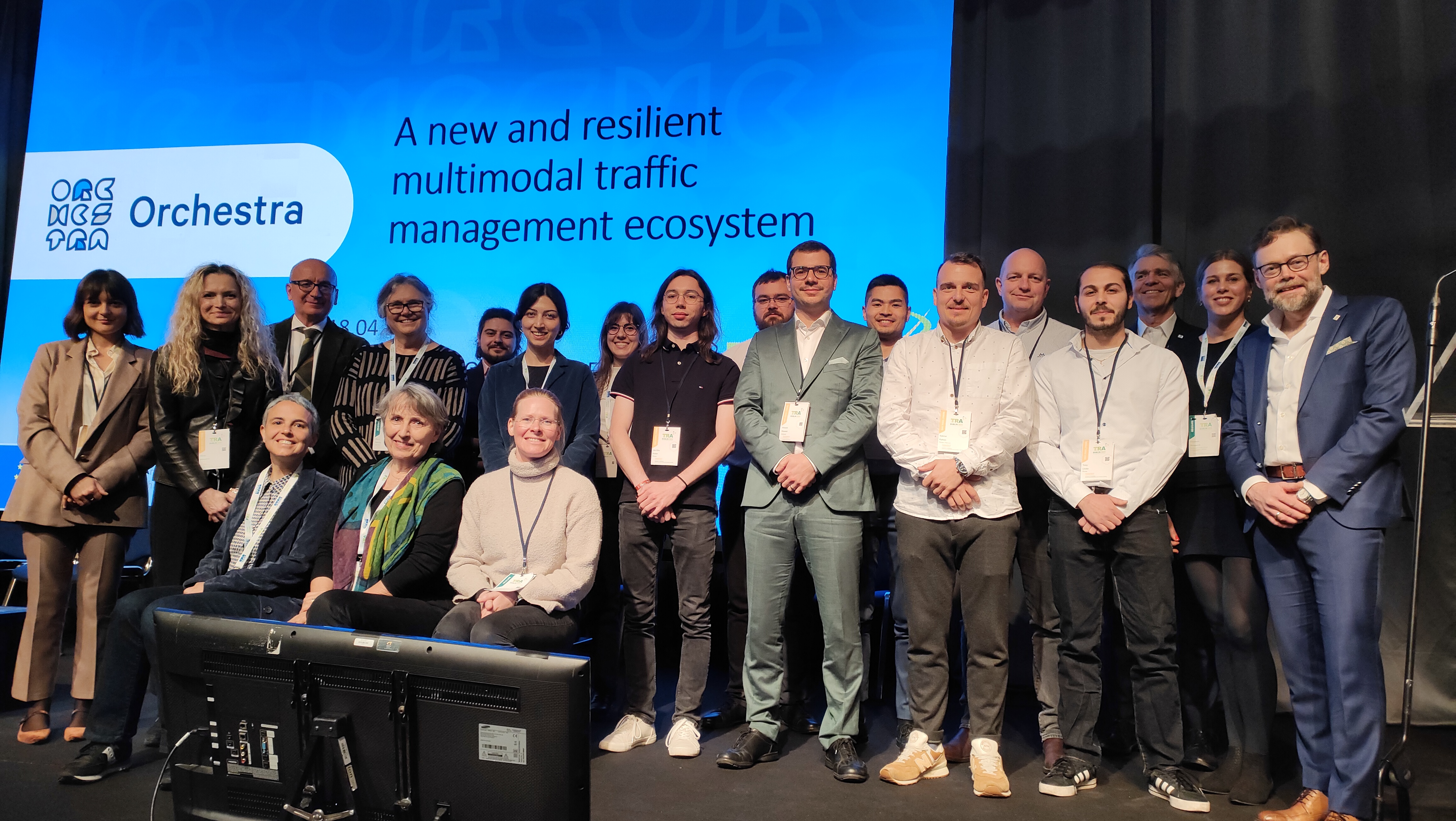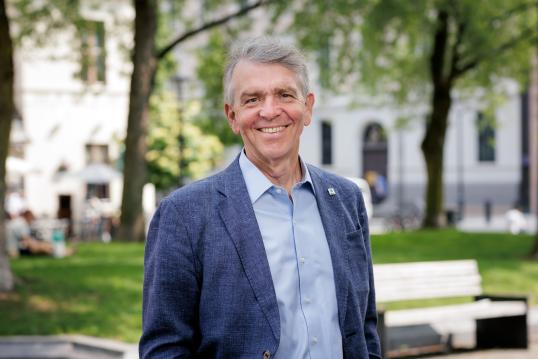
Mobility is constantly evolving. Personal vehicles, public transport, automated trucks, e-scooters – with the array of mobility choices, we expect effortless movement when it comes to reaching a destination, both for ourselves and our goods. Yet, traffic flow is impacted by everything from weather events to parking to accidents. Managing all the moving parts is complex, but non-action comes at a cost. Bottlenecks across road, rail, air and sea result in increased pollutant emissions, longer journey times and a greater risk of accidents.
Bridging the silos
According to Trond Hovland, CEO of Intelligent Transport Systems (ITS) Norway and coordinator of the EU-funded Orchestra project, the main problem is that conventional traffic management (road networks, railway operators, air corridors) operates in silos. This creates inefficiencies and blocks visibility.
“Today, a major crash at an intersection creates a ripple effect throughout the whole traffic system. Traffic controllers don’t see the accident, they just see the effects of the incident – be it with trucks delayed in getting goods to ports or people’s journeys disrupted on their way to catch a flight at an airport,” said Hovland.
“New scenarios, such as the introduction of connected automated vehicles, also bring more complexities. Our main goal with Orchestra was to connect services, to help mobility and logistics navigate volatilities and cope with diverse demands,” Trond Hovland, CEO, ITS Norway
Collaboration is key to success
Coordinated by ITS Norway, Orchestra brought together a further four Norwegian organisations, and 12 academic and research partners and transport administrators from France, Germany, Italy, the Netherlands, and Switzerland. By harnessing their complementary expertise, the researchers successfully designed the concept and principles for a multimodal traffic management ecosystem (MTME). This sets the ground rules for a fully multimodal orchestration system, integrating traffic management with fleet operators in all transport modes. The MTME defines the roles, responsibilities, information models and the governance structures required for collaboration between different systems.
Supported by a €5 million grant from the EU’s Horizon 2020 programme, the research was conducted over three years between 2021 and 2024. Two demonstration sites – Herøya Industrial Park in Norway and Milan Malpensa airport in Italy – offered real life testing environments for the Orchestra model. As the test sites collectively covered road, rail, water, and air transport, the researchers were able to adjust the MTME for organisational issues, functionality, capability and usability across all modes.
Putting the Orchestra principles into practice
Herøya Industrial Park located on the coast in the south of Norway provided an ideal environment for testing autonomous freight transport operations. The simulations involved the use of a robotic escort and digital traffic system that unloads goods transport safely. Bringing on board all users, from the maritime and road-based fleet operators and transporters to the customers, was integral to the testing.
“Currently all the different industry partners in the park have their own logistics operations. Going forward, our aim is that all will share the Orchestra concept as a common denominator. This will make logistics more efficient, bring down costs and potentially attract new business,” explained Hovland.
At Malpensa, the Airport Operations Plan (AOP) – itself co-financed by a previous EU research grant – was enhanced with two new functionalities. One provides the status of the trains/metro, while the second, the status of the highways. Any delays or traffic jams will generate an ‘alarm event’, relayed to airport coordination room. All the stakeholders (operator, carriers, handlers) will be able to monitor and ensure a timely response to unforeseen events, whether inside or outside the airport.
Building on success
In total, the project produced 24 exploitable results, ranging from practical and simulation tools, to models, guidelines and training modules. One immediate success is the take-up of the Orchestra concept by a Norwegian national project, Arendal, the site of a new large-scale battery factory. The project involves the simulation of a new road structure connecting Arendal harbour, where the raw materials will arrive, with Arendal material park, where the batteries will be produced.
“As the road would be partly public owned by the municipality and partly privately owned as part of the harbour, it would be governed by different sets of regulations. We discovered that Orchestra is well-placed to solve these kinds of riddles,” said Hovland. The project is now using Orchestra principles to choose the best road lay-out, use and ownership.
Beyond the immediate successes, the researchers hope that the knowledge developed through this project will support transport authorities in future designs of network-wide optimal.
“I am really proud of the concrete results achieved so far. This was in no small part due to the excellent teamwork of all partners, and the invaluable coordination work carried out by my team here in ITS.
"I believe that the principles we have designed with Orchestra can become a stepping stone to a wider and more efficient data sharing between all transport modes,” concluded Hovland.
MORE
- Reference
- SOCIETAL CHALLENGES - Smart, Green And Integrated Transport
- Project duration
- 1 May 2021 - 30 Apr 2024
- Project locations
- NorwayFranceGermanyItalyNetherlandsSwitzerland
- Overall budget
- €5 167 362
- EU contribution
- €4 998 79996.7% of the overall budget
- Project website
- Orchestra project website


